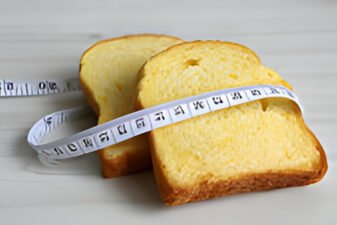The GI Scale
The glycemic index uses a scale from 1 to 100, which indicates the rate at which 50 grams of carbohydrate in a particular food is absorbed into the bloodstream as blood-sugar. The main reference food (rated 100) is glucose.
GI Rating Categories
The glycemic index divides carbohydrate foods into three categories:
(1) High GI Foods (GI value 70+).
These foods cause a rapid rise in blood-sugar levels.
(2) Intermediate GI Foods (GI value 55-69).
These lead to a medium rise in blood-sugar.
(3) Low GI Foods (GI value 54 or less).
These lead to a slow rise in blood-glucose.
GI Food Testing is Ongoing
Not all foods have been given a GI value, although most food-types are covered. However, due to the way GI is measured using volunteer subjects, results can vary, so GI values for some specific foods are not yet uniformly established.
GI – Diabetes and Weight Control
Although the glycemic index was first designed to assist diabetes patients manage their blood-sugar levels, dietitians and weight experts now use it as a tool to help treat obesity, food cravings and appetite swings, and improve eating habits.
Glycemic Load
Both the type AND quantity of carbohydrate in our food influence the rise in blood glucose. But the glycemic index only rates a standard 50 gram serving size of digestible carbohydrate in a particular food, which may not be appropriate for all foods. For example, foods whose serving size contains only a small amount of carbohydrate may in practice be better for blood sugar control than foods whose normal serving size contains a large amount of carbs. Therefore, to provide a more meaningful GI-rating system, researchers at Harvard University invented the term Glycemic Load, which applies the glycemic index to normal food serving sizes.










